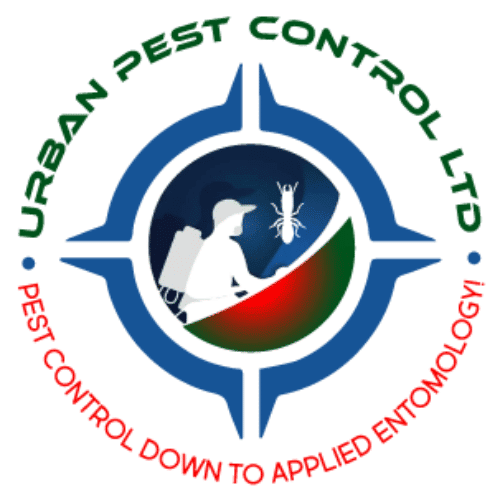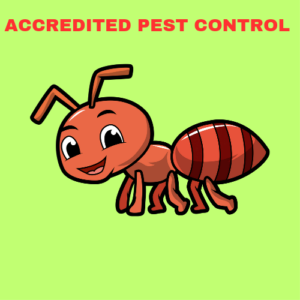Most Effective Pest Control Tips for Homeowners There is a big confusion in the pest control industry that which one is more effective – professional pest control or do it yourself pest control. There is a trend among homeowners who want to tackle pest control themselves both to save money and time. These DIY pest control methods employ both chemical and natural remedies. Regardless of which route you take, prevention is always key to controlling household pests. Here are 10 of our most effective DIY pest control tips:
Keep It Clean
This one is pretty self explanatory but a clean house is much less attractive and hospitable for pests. Wash dishes daily and clean any food scraps out of the sink. Drain dirty dish water after each use. Keep kitchen counters and surfaces wiped down daily. Store food and drinks in sealing plastic or glass containers. Make sweeping, mopping, and vacuuming part of your regular routine. Use garbage cans with locking lids and empty them regularly. Keep the grass mowed and get rid of weeds. Keep shrubs and trees trimmed back so they aren’t touching the house. Maintain your drainage systems and eliminate any standing water.
Make Your Home Less Attractive
Pests come into your home in search of 3 things: food, water, and shelter. If you can eliminate these 3 attractants from your home, pests will have no reason to come in. Keep your home clean as referenced above. Repair any leaky pipes and faucets both inside and outside of the home. Don’t leave pet food and water bowls out overnight. Declutter your home and get rid of any old magazines, junk, etc. Try to use plastic storage bins instead of cardboard boxes.
Seal Them Out
Pests can’t get into your home unless they can find a way in. Some pests only need the tiniest of openings to penetrate your house. Inspect the outside of your home for any potential entry points and seal them up with caulk, steel wool, etc. Make sure to check foundations, door frames, windows, utility pipes, cables and wires, and the roof. Repair any broken windows and screens Pest Control Tips for Homeowners. Fill in any holes, gaps, or cracks in pipes and vents.
Maintain the Yard
Your yard is the first line of defense when it comes to pests. They have to come into the yard before they come into the house. Keep your grass cut short and eliminate weeds. Get rid of any piles of leaves, debris, fallen branches, etc. Do the same for old automobiles, trashcans, and dumpsters. Elevate wood piles off the ground or store them in wood boxes with lids.
Keep It Dry
Keeping your home well ventilated and dry will go a long way towards keeping pests at bay. Most pests are attracted to moisture and basements, attics, and crawlspaces provide the ideal breeding ground for these. Use a dehumidifier to decrease moisture and consider crawlspace enclosure to not only help eliminate pests but also provide significant energy savings for your home.
Do The Laundry
Some pests like dust mites and bed bugs will seek shelter in your bedding, clothes, etc. Wash any clothing, sheets, blankets, quilts, and towels that you come into contact with regularly (at least 3 to 4 times per month). If you have pets, wash their bedding just as often to help eliminate and prevent fleas.
Use Plants as Natural Repellents
Some plants are known to be good insect repellents. These provide a green pest control alternative to traditional chemical methods. Plant any of these varieties around your home for a natural remedy to some common pests.
- Spearmint (for ants, beetles, fleas, moths, and rodents)
- Rosemary (for beetles, roaches, flies, slugs, snails, and mosquitoes)
- Basil (for flies, beetles, and mosquitoes)
- Lavender (for fleas, flies, mosquitoes, and moths)
- Chrysanthemum (for ants, bed bugs, beetles, roaches, ticks, and fleas)
- Catnip (for roaches, ants, and weevils)
- Lemongrass (for fleas, ticks, mosquitoes, and lice)
- Pitcher plants (for beetles, ants, bees, slugs, snails, flies, and wasps)
- Venus flytrap (for all insects)
8. Identify Common Pests in Your Area
Knowledge is power so do some research and learn what the most common pests are in your area and what kind of damage or threat they cause. Pests vary by location and different treatments are required for each of them. Proper identification is key to proper treatment.
Leave the Good Ones Alone
While some household pests are dangerous to your health (like rodents and roaches) or can cause significant damage to your home (such as termites), others are actually quite beneficial to have around, especially if you have a garden. Ladybugs eat aphids and are great for the garden. Green lacewings eat aphids and spider mites. Ground beetles eat slugs and caterpillars. Bats (as long as they are outdoors and not inside your home) eat and control the populations of mosquitoes and many other insect species. These beneficial pests are a great natural pesticide to use in place of chemical products.
Use the Pros
Sometimes an infestation can be beyond the scope of DIY pest control methods. In these circumstances it is best to call a professional who can properly identify the pest you are dealing with and provide proper treatment, as well as ongoing prevention techniques you can use at home.
If you suspect you have a pest problem, contact your local pest control company for a thorough evaluation. Most Effective Pest Control Tips for Homeowners




